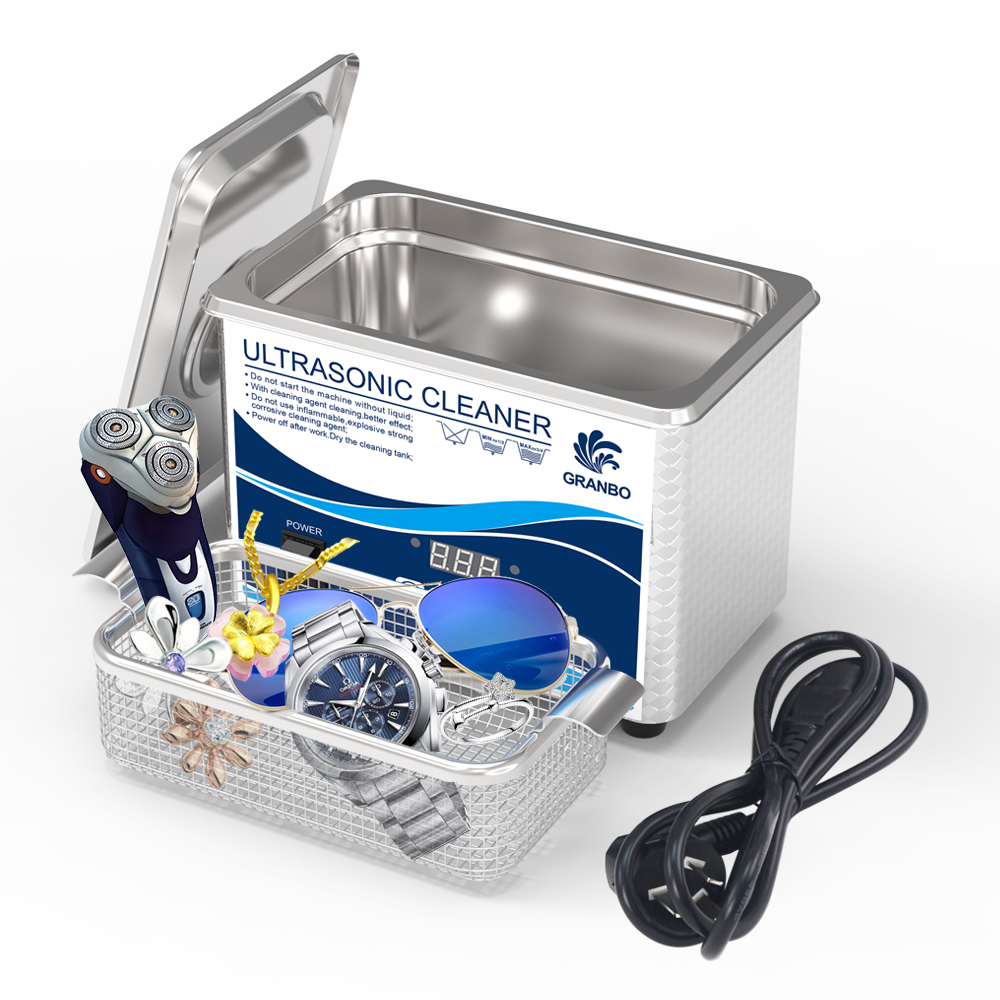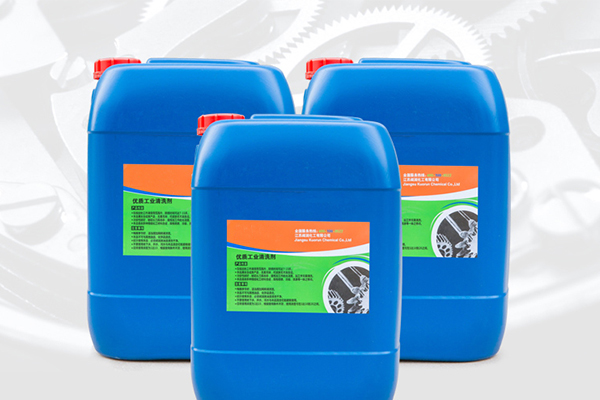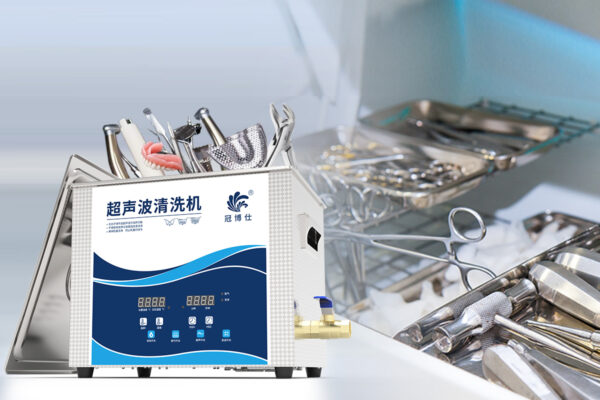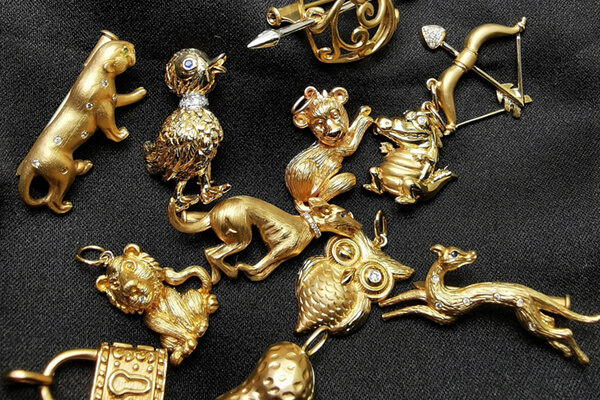It’s a question that comes up surprisingly often: can something as ordinary as dish soap find its place in a device as sophisticated as an ultrasonic jewelry cleaner? After all, jewelry gets dirty in everyday life—skin oils, lotions, dust, and makeup residue all conspire to dull that brilliant sparkle. And while ultrasonic cleaning machines are hailed for their ability to restore luster without abrasive scrubbing, the cleaning liquid you choose is not just a side note. It is the foundation of the entire process.
Dish soap feels like the natural go-to. It’s gentle, it’s everywhere, and it’s designed to cut grease and lift away food particles. But jewelry, especially fine pieces made with delicate stones or intricate settings, is a different story from last night’s dinner plates. Before you reach for the bottle of Dawn or Palmolive, let’s explore what really happens when dish soap meets ultrasonic waves—and whether your gold, silver, and diamonds are better off with something else.
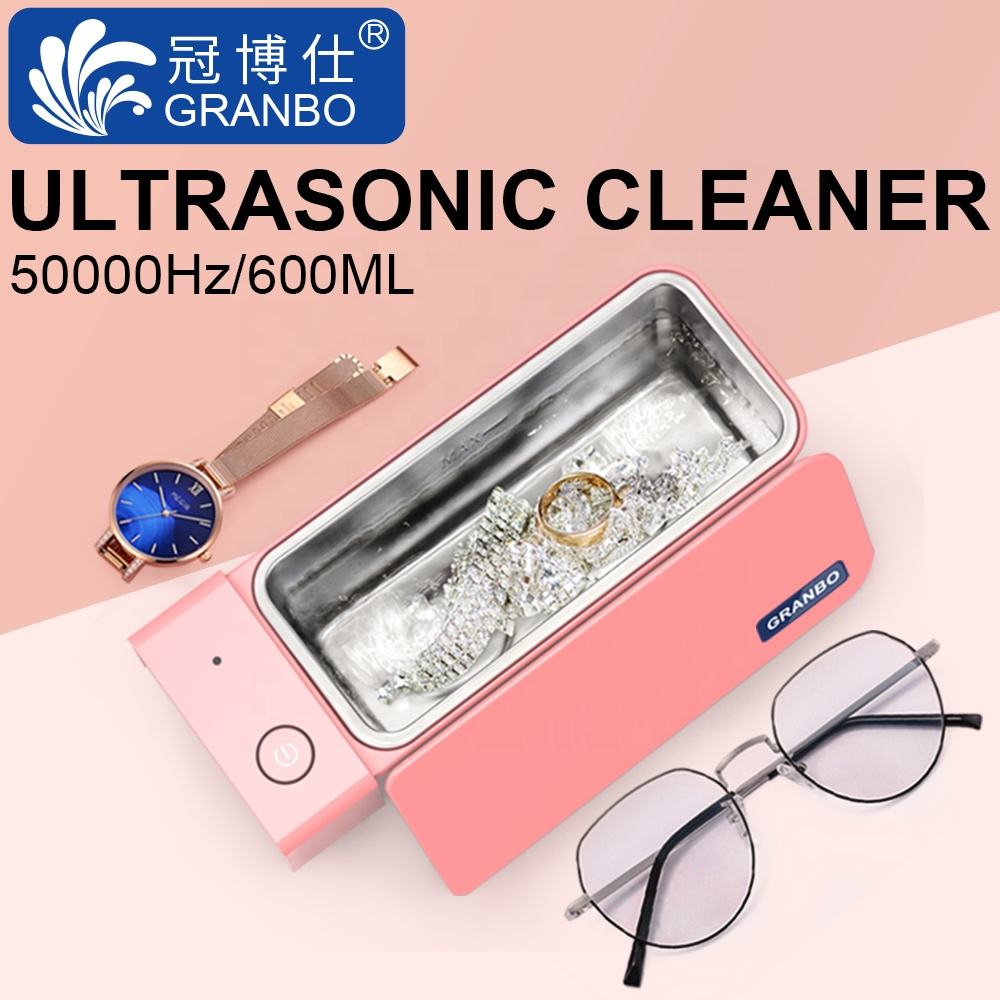
What Happens When You Use Dish Soap in an Ultrasonic Jewelry Cleaner?
At first glance, dish soap seems harmless. In fact, many online forums and DIY cleaning blogs even recommend it as a go-to solution for at-home ultrasonic cleaning. And to be fair, when used in very small amounts and properly diluted, mild dish soap can perform reasonably well—especially for general cleaning of non-porous materials like gold or stainless steel.
The key lies in understanding how ultrasonic cleaners work. These devices use high-frequency sound waves—usually between 20 and 40 kHz—to create microscopic bubbles in a liquid. These bubbles form and collapse rapidly in a process called cavitation, which creates tiny shockwaves. It’s those shockwaves that knock grime loose from the nooks and crannies of jewelry.
Now here’s where the cleaning solution comes in. The liquid medium isn’t just passive—it shapes the quality of the cavitation. A solution that is too thick, too foamy, or chemically unstable can actually dampen the cavitation process. And that’s where many dish soaps fall short. Most commercial dishwashing liquids are engineered to create foam and cut grease, which is great for kitchenware but problematic in an ultrasonic tank. Foam interferes with wave transmission, and too many suds can coat items instead of helping clean them.
Worse yet, some dish soaps include added fragrances, colorants, or degreasing agents that may not be pH-balanced for sensitive metals or stones. This could lead to mild corrosion over time or damage to plated finishes, pearls, opals, or glued-in stones. Even if the cleaning seems successful in the short term, long-term use of the wrong formula could degrade delicate pieces from the inside out.
When Dish Soap Might Be Safe—and When It Definitely Isn’t
If you still want to use dish soap, moderation and composition are everything. A few drops of clear, fragrance-free, non-moisturizing, and non-antibacterial liquid dish soap in a full tank of distilled or filtered water is generally safe for cleaning durable jewelry like solid gold, platinum, or stainless steel—assuming the jewelry doesn’t have glued components, sensitive stones, or antique finishes. Avoid any dish soap with citrus extracts or strong degreasers, as they tend to be acidic and could erode certain metal alloys over time.
But even with those precautions, it’s critical to avoid cleaning porous or chemically sensitive stones—such as pearls, opals, turquoise, or emeralds—with dish soap in an ultrasonic cleaner. These stones can absorb moisture or react with chemical additives, leading to clouding, discoloration, or cracking. In fact, most reputable jewelers recommend against using ultrasonic cleaners altogether for these materials, regardless of the cleaning solution.
Another overlooked risk of dish soap is overuse. If you’re tempted to “eyeball” your measurements and accidentally add too much, it’s easy to generate foam that can trap air around the jewelry. This not only reduces the efficiency of cleaning but also creates pockets that never get properly cavitated. So ironically, the ring that looks like it’s bubbling away in the tank might be getting less clean than you think.
In short, mild dish soap can work under the right conditions, but it’s not ideal for every piece or scenario. Think of it like using shampoo instead of engine oil—it might technically lubricate, but it’s not what the system was designed for. Want to continue with safer alternatives and professional recommendations?
Safer Alternatives to Dish Soap for Ultrasonic Jewelry Cleaning
When caring for valuable or delicate jewelry, it’s worth investing in a cleaning solution that’s specifically formulated for ultrasonic devices. These solutions are developed to produce optimal cavitation, maintain stable pH levels, and avoid ingredients that can damage sensitive metals or stones. Most reputable ultrasonic cleaning fluid manufacturers design their products to be non-foaming, biodegradable, and safe for extended use on fine jewelry.
There are two broad categories of these solutions:
- General-purpose ultrasonic jewelry cleaners, which are usually mildly alkaline and suitable for gold, platinum, silver, stainless steel, and most synthetic stones like cubic zirconia.
- Stone-specific solutions, which are tailored for gemstones with particular sensitivities—like lower-pH blends for semi-precious stones or non-ionic formulas for pearls and organic materials.
Some brands that consistently earn high marks in professional reviews and lab environments include:
| Brand | Best For | Typical pH Range | Notes |
|---|---|---|---|
| Branson EC (Emerson) | General jewelry, metal parts | ~9.5 | Widely used in labs and jewelry shops |
| iSonic Ultrasonic Cleaner Solution | Everyday jewelry cleaning | 8 to 10 | Consumer-friendly, low-foam formulation |
| Elma Jewelry Clean | Sensitive stones, light tarnish | Neutral (7) | Made in Germany, gentle formula for soft gems |
| Simple Green Crystal | Industrial-safe multi-use | ~9 | Non-toxic and effective, but may not suit fragile stones |
Using a professionally engineered solution does not just protect your jewelry—it also protects the ultrasonic machine itself. Dish soap can leave residue in the tank or clog filters in high-end systems. Specialty cleaners, by contrast, are engineered to leave minimal residue and reduce long-term maintenance.
How to Use Ultrasonic Jewelry Cleaner Safely with the Right Solution
Once you’ve chosen the appropriate cleaning solution—whether it’s a purpose-formulated concentrate or, in less sensitive cases, a very mild dish soap—how you use it matters just as much. Incorrect usage can reduce the effectiveness of cleaning or even harm your jewelry.
Start by preparing your solution according to the manufacturer’s instructions. Most commercial ultrasonic cleaners require dilution, typically around a 1:10 or 1:20 ratio depending on the product. Using too much concentrate does not make the cleaner more effective; it may actually impede the cavitation process. If you’re using a mild dish soap as a substitute (though not recommended for high-value or delicate jewelry), just a drop or two in a full tank of warm distilled water is enough. Avoid using hot water, especially with soft stones, as heat can loosen settings and degrade adhesives.
Place your jewelry in the cleaning basket—not directly on the tank bottom. This is critical. Contact with the tank base can damage both the jewelry and the ultrasonic transducer. The basket ensures uniform exposure to cavitation bubbles and avoids hotspots that could cause scratching or micro-pitting.
Set the timer based on your jewelry’s condition. For most rings, earrings, or chains, a cycle of 2 to 5 minutes is adequate. More delicate items should be cleaned in shorter cycles—some professionals recommend starting with just 60 seconds and checking progress. If further cleaning is needed, repeat in short intervals rather than running an extended cycle from the start.
After cleaning, remove the jewelry carefully and rinse it under clean, cool water to remove any residual detergent or debris. Pat dry with a lint-free cloth. For intricate pieces, a soft-bristle brush (like a baby toothbrush) can help dislodge any remaining particles from settings.
A few notes on what not to do:
- Never clean porous stones like turquoise, amber, or opal in an ultrasonic cleaner.
- Avoid cleaning jewelry with glued settings (like fashion pieces with rhinestones), as vibration and heat can dissolve the adhesive.
- Don’t use bleach, ammonia, or strong acids—they can permanently damage both jewelry and the cleaning unit.
Using an ultrasonic jewelry cleaner safely is all about balance: choosing the right solution, using it sparingly, and monitoring the cycle duration. Done right, it can make your pieces shine like new without the wear and tear of aggressive manual scrubbing.
Ultrasonic Cleaning vs Traditional Methods: Which Is Better for Jewelry?
When it comes to maintaining your jewelry’s brilliance, it’s easy to assume that more high-tech always means better results. But ultrasonic cleaning, while powerful, isn’t necessarily a one-size-fits-all solution. To make the best decision for your jewelry care routine, it helps to weigh ultrasonic cleaning against more traditional approaches like hand washing with soap and water, using polishing cloths, or professional jeweler cleanings.
Let’s start with ultrasonic cleaning. Its greatest strength lies in its ability to clean thoroughly and evenly, even in areas you can’t reach by hand. Think of the tiny prongs behind a diamond setting or the mesh chain links of a bracelet—spots where lotion, soap scum, and skin oils often accumulate invisibly over time. The microscopic bubbles created by cavitation can reach into those crevices, lifting away grime that manual methods miss. And it does all this without scrubbing or abrasion, which is especially helpful for delicate filigree work or antique pieces that you don’t want to risk damaging.
However, that same strength can be a weakness if used on the wrong type of jewelry. Fragile stones, like emeralds or pearls, can crack under the vibrations. Delicate adhesive or enamel details may loosen or fade. And if you forget to check whether a piece is heat-sensitive, you could accidentally cause discoloration or warping—especially if your ultrasonic cleaner has a heating function that you leave on by default.
Traditional cleaning methods, by contrast, give you a much higher degree of control. A mild soap bath with a soft brush lets you physically inspect and target each part of your jewelry. Polishing cloths can restore luster to metal surfaces without the risk of vibration-induced damage. For high-value or sentimental items, hand cleaning can be a more cautious and therefore safer approach—especially if you’re unsure of the stone type or setting quality.
Still unsure which method fits your needs best? Here’s a quick comparison to help visualize the differences:
| Cleaning Method | Strengths | Weaknesses | Best For |
|---|---|---|---|
| Ultrasonic Cleaner | Deep cleans hard-to-reach areas, fast, efficient | Not safe for all materials, risk of damage if used incorrectly | Durable jewelry with secure settings, metal chains, diamond rings |
| Soap and Water | Gentle, low-cost, highly controlled | May not reach intricate parts, time-consuming | Fragile stones, vintage or glued pieces |
| Polishing Cloth | Restores metal shine, simple | Ineffective for dirt buildup, not suitable for intricate designs | Gold, silver, platinum surfaces |
| Professional Cleaning | Expert evaluation, safe for all types | Costly, not always convenient | Antique or high-value jewelry, mixed materials |
Ultimately, the best method depends on your specific piece, how often you wear it, and your comfort with handling delicate items. For daily wear items like wedding rings or earrings, ultrasonic cleaners can offer fast, effective maintenance. For heirlooms or porous stones, gentler approaches are the smarter choice.
What Makes Ultrasonic Cleaning So Effective on Jewelry?
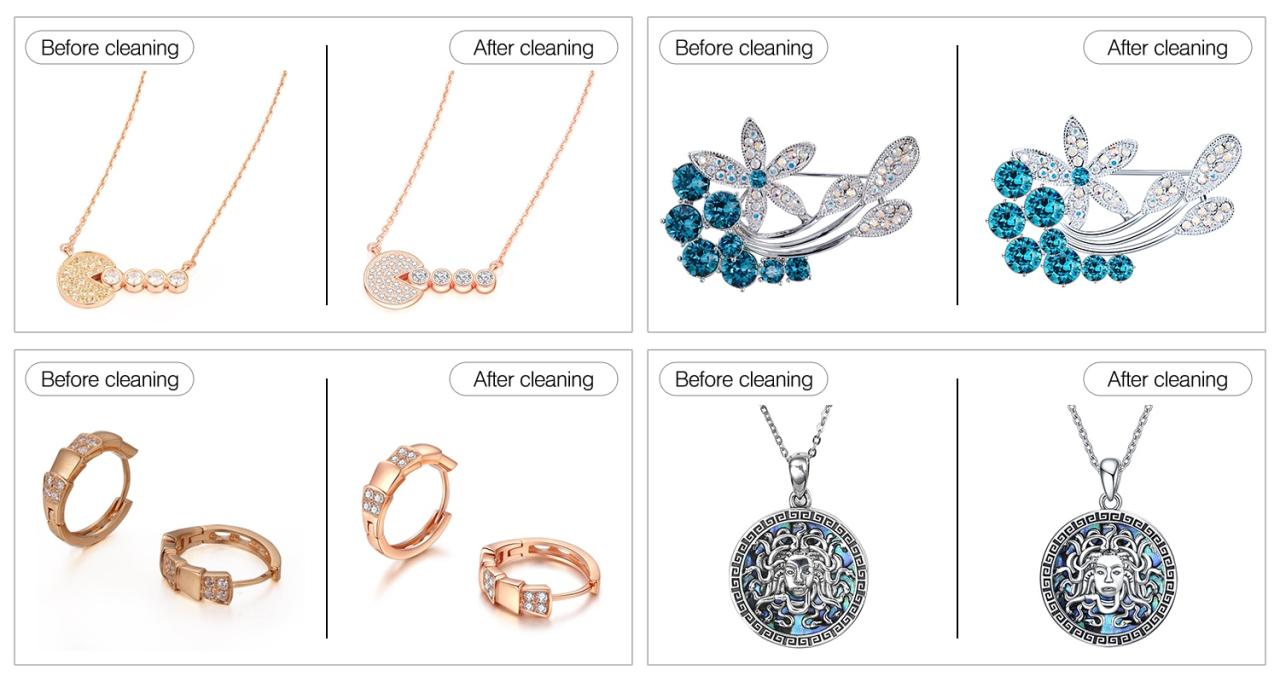
The beauty of ultrasonic cleaning lies in its combination of physics and subtlety. It does not rely on brute force but rather on sound waves, invisible to the eye, doing meticulous work. At the heart of this technology is a phenomenon called cavitation. But how exactly does that relate to your favorite pair of earrings or your diamond engagement ring?
When you activate your ultrasonic jewelry cleaner, it emits high-frequency sound waves—typically between 40 kHz and 68 kHz—into the liquid inside the tank. These sound waves rapidly compress and decompress the liquid, creating thousands upon thousands of tiny vacuum bubbles. As each bubble forms and then collapses, it releases a minuscule burst of energy. These implosions, though microscopic, collectively produce powerful agitation within the liquid. That agitation is what helps dislodge particles of dirt, oil, and other debris from the surface and crevices of the submerged jewelry.
One reason ultrasonic cleaners work particularly well on jewelry made of metals like gold, platinum, or stainless steel is that these materials are sturdy enough to withstand repeated exposure to cavitation. They do not scratch easily, nor do they absorb moisture. That means the ultrasonic process can scrub them clean with remarkable precision, even if the piece features detailed engravings or multi-part designs.
Take, for example, a chain necklace. Cleaning it manually requires attention to each individual link, often an exhausting process. But in an ultrasonic bath, the sound waves travel through the cleaning solution uniformly, ensuring every nook and cranny is treated equally—without you needing to touch the jewelry at all. It’s like outsourcing your jewelry cleaning to a million microscopic assistants who never miss a spot.
And what about gemstones? Diamonds, sapphires, and rubies typically respond well to ultrasonic cleaning, assuming they are not fracture-filled or treated. Because they are among the hardest materials on Earth, these stones can endure the vibrations without cracking. However, for all their strength, you still need to double-check whether your stones are treated or have inclusions, as these may not fare as well.
The effectiveness also depends on the solution used. Water alone can transmit ultrasonic waves, but adding a suitable cleaning agent dramatically improves the results. This is because surfactants in the solution help break down oils and reduce surface tension, allowing bubbles to reach tighter spots more easily. That’s why even the most basic ultrasonic cleaning cycles can outperform vigorous hand scrubbing when it comes to shine and thoroughness.
Jewelry That Should Not Be Cleaned in an Ultrasonic Cleaner
While ultrasonic cleaners offer a remarkably efficient way to restore shine to many types of jewelry, they are not universally safe. The truth is, not all gemstones and materials can tolerate ultrasonic vibrations, no matter how appealing the convenience may be. Using an ultrasonic cleaner on the wrong kind of piece can cause irreparable damage—cracks, loosened settings, or even complete structural failure.
Let’s start with some of the more vulnerable materials. Pearls, for instance, are essentially made of calcium carbonate layered with organic material, which makes them incredibly soft and porous. Exposing them to ultrasonic energy can lead to pitting, discoloration, or complete disintegration over time. Similarly, opals are delicate and often contain a high water content. These stones can crack or craze if subjected to ultrasonic energy, especially if the device heats the cleaning solution.
Turquoise, amber, and lapis lazuli are other examples of porous or sensitive stones that are best cleaned with a damp cloth and a gentle hand. These stones often have surface treatments or are stabilized with resins that can be disrupted by cavitation. Even seemingly sturdy stones like emeralds may be risky—many emeralds on the market are fracture-filled with oils or resins to improve clarity. Ultrasonic waves can dislodge these fillings, leaving the stone looking worse than before.
But it’s not just about the gemstones. Consider the setting itself. Is the jewelry piece antique or intricately handcrafted? If so, the adhesives or soldering techniques used may not withstand the energy delivered by an ultrasonic cleaner. Prongs can loosen, and glue joints can dissolve, particularly if the solution is warm or the cleaning time is too long. And if your jewelry has enamel detailing, the vibrations might cause it to chip or flake off.
Even diamonds, which are generally safe to clean ultrasonically, can pose problems if they have been laser-drilled or fracture-filled. These treatments, while often invisible to the naked eye, create structural weaknesses that cavitation can exploit.
So how can you know if your piece is safe for ultrasonic cleaning? A good rule of thumb is to check with a professional jeweler before attempting ultrasonic cleaning at home, especially if the value or sentimental importance of the piece is high. Many jewelers are happy to tell you whether a gemstone has been treated and how to care for it.
If you’re ever in doubt, it’s safer to use a manual method—warm water, mild soap, and a soft-bristled toothbrush—to gently clean sensitive pieces. Ultrasonic cleaning is a powerful tool, but it’s best reserved for jewelry that is structurally sound and made from durable materials.
Next, let’s look at how to select the right kind of ultrasonic cleaner specifically for your jewelry. Not all machines are created equal, and understanding the key features can help you make a smart investment. Let me know when you’re ready to proceed.
How to Choose the Right Ultrasonic Jewelry Cleaner
When it comes to ultrasonic cleaners, one size certainly does not fit all—especially when your jewelry collection includes a range of metals, settings, and gemstones. The right ultrasonic cleaner should match not only the types of items you own but also your habits and comfort level with technology. Whether you’re a casual wearer of a few cherished pieces or someone who maintains an extensive collection, the right model makes a big difference in safety and effectiveness.
Let’s start with frequency, a detail many people overlook. Ultrasonic cleaners typically operate between 20 and 60 kilohertz (kHz). Lower frequencies like 28 kHz are more aggressive and better suited for industrial parts or sturdy items. But for delicate jewelry, you’ll want a higher frequency—ideally 40 kHz or above. This creates smaller cavitation bubbles that clean more gently, reducing the risk of damage to fragile stones or intricate settings.
Tank size is another critical consideration. You don’t need a commercial-grade unit to clean a few rings, but the tank should be large enough to accommodate your items without overcrowding or overlapping. Jewelry pieces should lie flat and fully submerged for even cleaning. If your cleaner is too small, you’ll end up running multiple cycles, which can be inefficient and may actually increase wear on certain pieces.
Now let’s talk controls and features. Look for a cleaner with adjustable time and, if possible, temperature settings. A cleaning time of 2 to 5 minutes is typically sufficient, and the ability to set shorter cycles helps avoid overexposure. Temperature control is also helpful—lukewarm water (about 30 to 50 degrees Celsius) enhances cavitation without risking heat-sensitive stones.
Some models also offer a degassing mode, which removes trapped air from the liquid before cleaning begins. This improves the efficiency of cavitation and leads to better cleaning results, especially if you’re using fresh solution. Another useful feature is a digital display, which provides precise control and makes it easier to repeat your preferred cleaning cycle reliably.
Material quality matters too. Stainless steel tanks are the gold standard for durability and cleanliness. Avoid plastic tanks or unknown brands that skimp on transducer quality—the part responsible for creating the ultrasonic waves. A poorly constructed transducer can wear out quickly and lead to inconsistent cleaning or mechanical failure.
If you’re planning to clean more than just jewelry—perhaps eyeglasses, watchbands, or dental appliances—it’s worth considering a multi-purpose cleaner that allows you to adjust cleaning intensity for different items.
To help you evaluate, here’s a quick comparison table of ultrasonic cleaner features for jewelry use:
| Feature | Why It Matters | Recommended for Jewelry |
|---|---|---|
| Frequency | Higher frequencies clean gently | 40 kHz or above |
| Tank Material | Durable and corrosion-resistant | Stainless steel |
| Timer Controls | Prevents over-cleaning | Digital timer preferred |
| Temperature Control | Improves cleaning and protects sensitive items | Optional but ideal |
| Degas Function | Removes trapped air, boosts cavitation | Useful but not essential |
| Size and Capacity | Avoids crowding, supports flat placement | Medium size is ideal |
| Brand Reputation | Ensures quality and safe cleaning | Stick with known names |
A few trusted brands known for their reliability and effectiveness in personal ultrasonic cleaning include Magnasonic, iSonic, VEVOR, and CREWORKS. While commercial ultrasonic cleaners from companies like Elma or Branson may be overkill for home use, they’re worth exploring if you need lab-grade performance and have high-value items to clean frequently.
Ultimately, choosing the right ultrasonic cleaner means balancing your budget, your jewelry collection’s needs, and how involved you want to be in the process. A good machine not only protects your investment but gives you the peace of mind that your treasures are being cared for properly.
